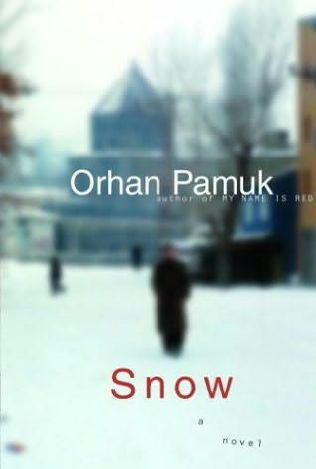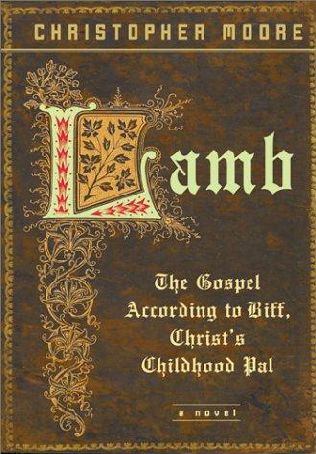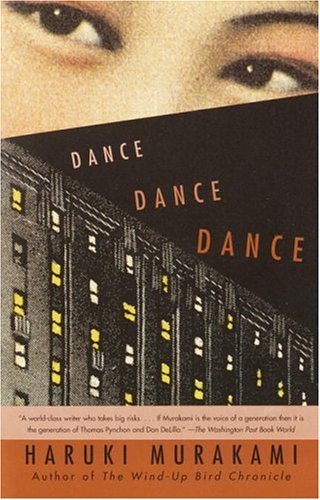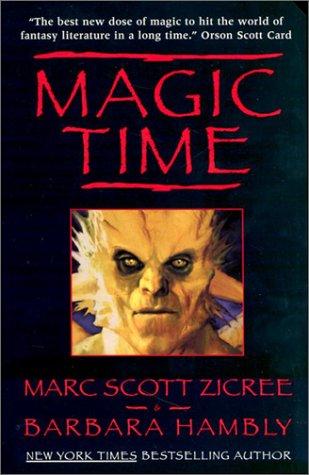Finished another book on tape, Snow by Orhan Pamuk. A rather long book to listen to over a few days. The story focuses on the many political and cultural tensions found in modern day Turkey through the voice of the lead character, Ka, and later the Narrator who is a friend who tells the story through the reading of Ka’s journals and other correspondence he received from Ka. Ka is a poet who is drawn to his home country of Turkey after 12 years of political exile in Germany and has not written anything for the past four years. A friend of Ka’s suggests that he go to the town of Kars to investigate the recent suicides of a number of young women in the city. The suicides have caused great controversy between the Muslim communities as suicide is against the law of Muslim religion.
Ka, when returning for his investigation in Turkey, is reunited with İpek, a woman with whom he fell in love earlier in his life. İpek is now divorced from a man who was very politically involved running for office with the Islamic party while she is the daughter of an atheist. The religious groups struggle against one another as the global influence has started to enter Turkey’s world and Ka and the people around him are in the midst of the battle. Ka attempts to learn more about the families of the “head-scarf girls,” while those in power and the military will do anything to keep the local story within their domain, and not in the Western media. Besides the struggle of the women’s decision to kill themselves, other political battles are occurring all around Ka and Ipek as they witness a shooting of the top local governmental official by a Muslim extremist. The struggle of the women’s independence and ability to choose how to live is a major theme in this mysterious story. Throw in a military coup at the National Theatre, shootings of top officials, murders of more young girls, and the love affair of Ka and Ipek and one has a thrilling story of a nation which I knew little about. An underlying story of Ka’s poetry called “Snow” is inspired by his return home which is a mystical experience for him. His block in writing seemingly lifts during his reuniting with Ipek and his introduction to her sister, Kadife (who has joined and become the leader of the "head-scarf girls," those who insist upon being "covered"). The struggle on what the authorities want and the role that some women want in defining themselves leads to a collision of ideologies.
The reader gets an inside glimpse into the Extremist world in a non-Westernized country such as Turkey. The author’s portrayal of Ka and his re-entrance into his former country and the feelings and challenges (like his imminent death) keeps the reader on edge as does his growing love for Ipek. From the onset and the “snow” metaphor, it was easy to tell this one was not going to end with a “bright sunny ending.” The writing is poetic and brilliantly “painted.” Pamuk hits a home run with this novel. While pretty long, I was entered into a world so foreign, but real with raw emotions and confusion that life really does exist like this.














